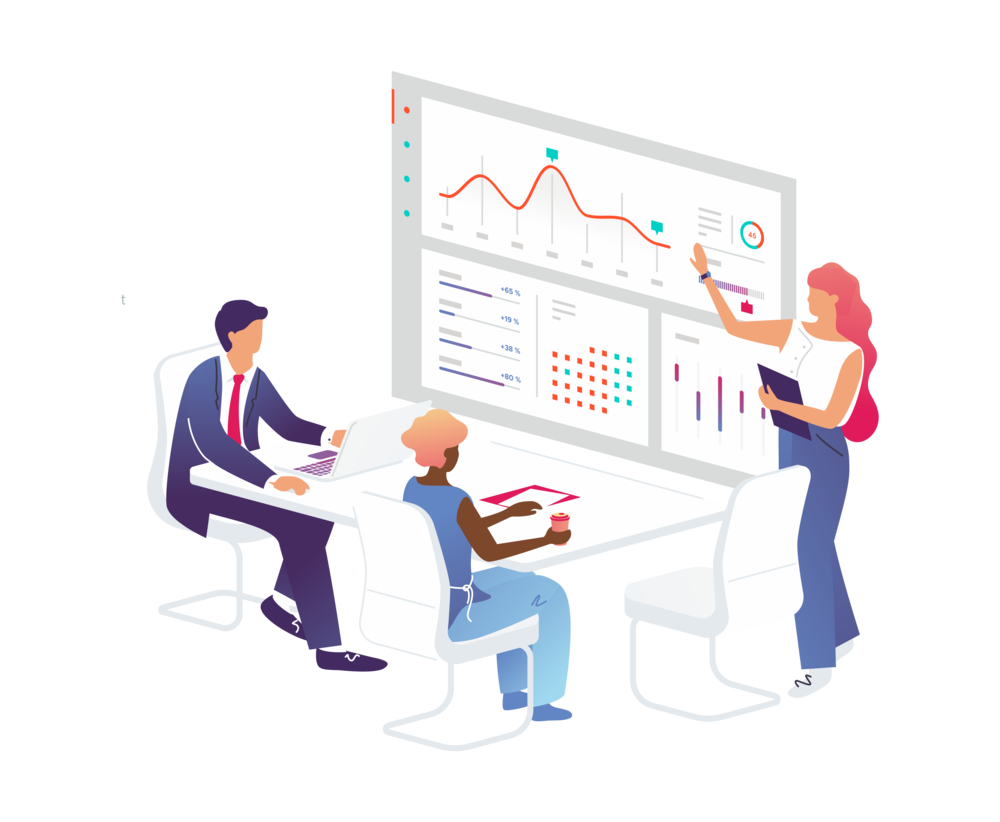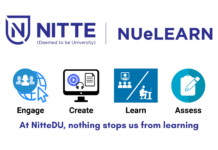When you are creating corporate learning material, it is easy to think that it is all about delivering engaging and relevant material, but what about measuring efficacy? One of the benefits of learning management software (LMS) is its ability to accurately track learner progress and performance across the training process. Here is what you should know:
Time Tracking Progress
Learning management software utilizes real-time tracking and reporting capabilities. Chronological progress is usually measured in terms of task completions over a given time period.
At the macro level, course progress can be assessed in seconds for groups and individuals with at-a-glance calendars or flow charts. This allows for quick general assessments based on completed or partially completed sections of an overall training program, and is a great quick check when you are at your busiest.
Each task completed within a section is registered with each associate’s learning profile. For a closer inspection of an individual’s chronological progress, use this feature. It will show you exactly how far an employee’s training has progressed right down to single assignments.
Summative and Formative Performance Evaluations
Most instructors rely on summative tests and quizzes. These are post-training assessments of knowledge learned during the course. They are administered in a variety of ways. (Please see the Scope of Testing below.)
Formative assessments measure the knowledge employees have before being trained. Typically, these are limited to true/false or multiple choice assessments. Formative information tracks the need for preliminary or introductory information at the department level and makes sure that learned material isn’t skewed by general misunderstanding.
The Scope of Performance Testing
Multiple choice and true/false answers are a convenient way to assess general knowledge concerning basic skills and company knowledge. Written assessments on the other hand, are more extensive. Busy managers often dislike them because of the time and subjectivity involved in grading them. However, AI applications with semantic learning systems often process the intent behind language better than human beings. As such, written examinations are becoming more common and easier to standardize.
Competence testing and application trials also have varying levels of difficulty. Trainees are given specific tasks that test specific skill sets. These tests can be as simple as editing a paragraph for an AI system or as complicated as creating a group project.
Effort Assessments
Effort is where time and performance assessments meet. These data-driven applications illustrate how employees are reacting to the coursework as individuals or on a whole.
Frequency and duration rate can show how often and how long employees are spending on training material. The level of frequency not only lets you know how employees handle their studies, but also how important they think the course is.
Another important application is attempt ratios. Attempts to pass an assessment can be compared to frequency and duration of engagement with the material. These comparisons can point out individual difficulties or aptitudes. On a group level, they can also indicate how effectively material is being delivered.
Learning Management Software is Worth the Investment
Accurately tracking employees in training can be a tricky process. However, it can also reveal a wealth of information beyond who passes and who doesn’t. It is well worth your time not only to elevate your workers but your company as a whole.




![Merchant Navy Recruitment 2024: [4000+ Posts]: How To Apply Online? Merchant Navy Recruitment 2024: [4000+ Posts]: How To Apply Online?](https://futurewithtech.com/wp-content/uploads/2024/05/Indian-Merchant-Navy-Recruitment-2024-218x150.jpg)
